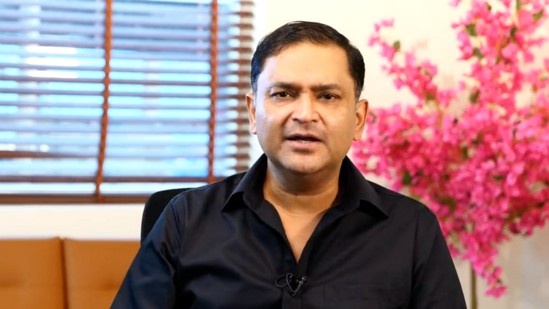Kolkata: The autopsy report of the postgraduate trainee doctor, who was found dead in the seminar hall of RG Kar Medical College and Hospital on August 9, has revealed extensive injuries and evidence of sexual assault. The report, obtained by India Today, indicates that the victim suffered multiple injuries before death, including forceful penetration.
Key findings from the autopsy include:
- Over 14 injuries were documented on the victim's head, face, neck, arms, and genitals.
- The cause of death was determined to be "manual strangulation associated with smothering."
- Evidence of forceful penetration, indicating sexual assault, was found.
- A "white, thick, viscid liquid" was discovered in the victim's genitalia.
- Haemorrhaging in the lungs and blood clots in the body were noted.
- No fractures were detected.
The case has sparked widespread outrage, leading to protests by medical professionals across West Bengal and beyond. Sanjoy Roy, a civic volunteer with the Kolkata Police, was arrested the day after the incident, and the investigation has since been transferred to the CBI by the Calcutta High Court.
In response to the crime, the West Bengal government has announced several measures to enhance the safety of women in workplaces, particularly in state-run hospitals, including the establishment of 'safe zones' monitored by CCTV.
The Supreme Court is set to hear the case on August 20.
Let the Truth be known. If you read VB and like VB, please be a VB Supporter and Help us deliver the Truth to one and all.
Balochistan: In an unprecedented escalation, the Baloch Liberation Army (BLA) has claimed responsibility for a major offensive comprising 71 coordinated attacks across more than 51 locations in what it refers to as "occupied Balochistan." The group has declared that a "new order has become inevitable" in South Asia, issuing a stark warning of impending regional transformation.
According to the BLA, the targets included Pakistani military convoys, intelligence centers, and mineral transport operations. The outfit described the attacks as a demonstration of tactical capability aimed at testing military coordination, ground control, and defensive readiness in anticipation of more organized future warfare.
Rejecting allegations of being a foreign proxy, the BLA asserted its independent agency, calling itself a “dynamic and decisive party” in the region's evolving strategic landscape. “The BLA is neither a pawn nor a silent spectator,” said BLA spokesperson Jeeyand Baloch. “We have our rightful place in the current and future military, political and strategic formation of this region.”
The BLA further criticized Pakistan for what it described as duplicitous peace overtures, calling such gestures “a deception, a war tactic and a temporary ruse.” The group warned India and the international community against being misled by what it termed Pakistan’s “deceptive peace rhetoric.”
Pakistan's Inter-Services Intelligence (ISI) also came under sharp attack in the BLA’s statement, which accused the agency of sponsoring terrorism. “Pakistan has become a nuclear state of violent ideology,” the statement read, citing links to global terror groups like Lashkar-e-Taiba, Jaish-e-Mohammad, and ISIS.
The group appealed for international support, particularly from India, seeking political, diplomatic, and defense assistance to end what it called “the terrorist state.” It argued that such support could lead to the establishment of a “peaceful, prosperous and independent Balochistan.”
The BLA warned that Pakistan's continued trajectory poses a threat to global security. “The control of nuclear weapons by a fanatical military establishment is a ticking time bomb, not only for the region but for the world,” it stated.
In response, Pakistan’s Army Chief, General Asim Munir, downplayed the scale of the unrest, suggesting it was driven by no more than 1,500 individuals.


_vb_66.jpeg)
_vb_43.jpeg)

_vb_40.jpeg)